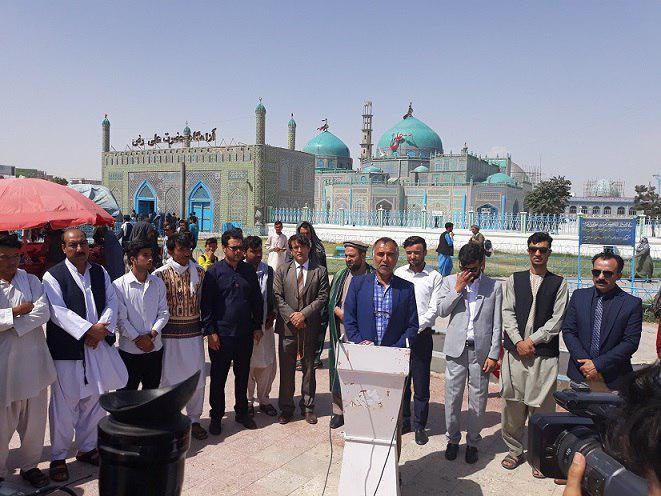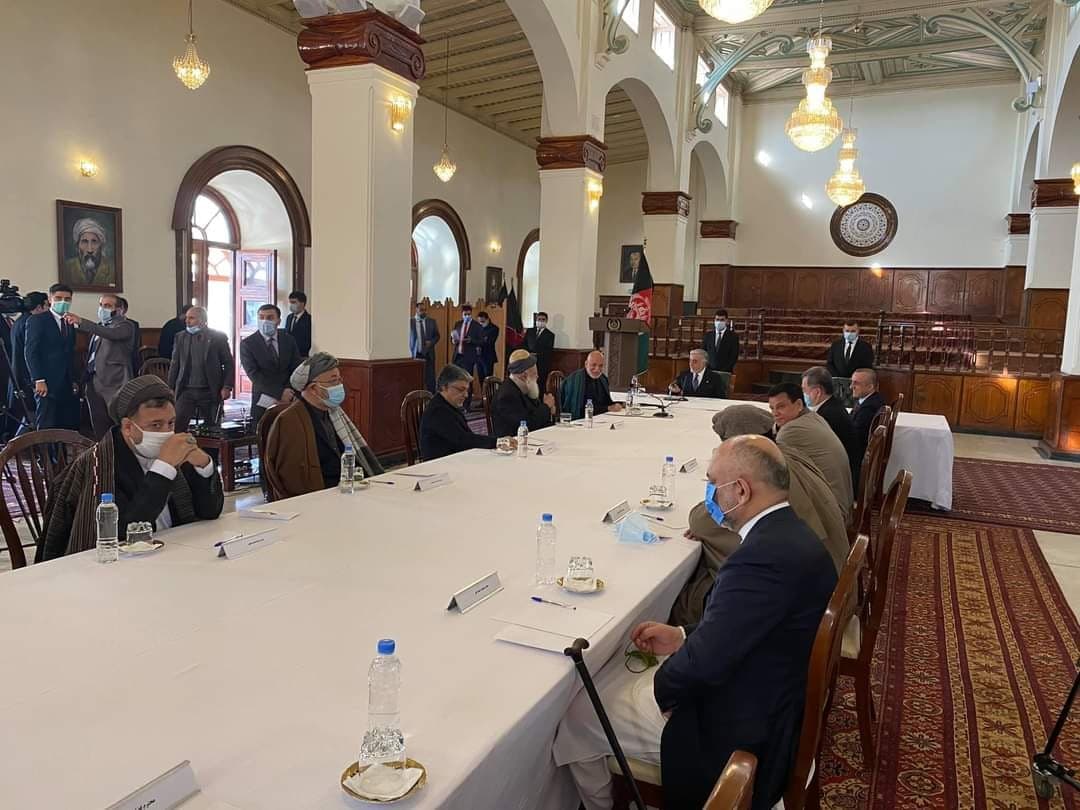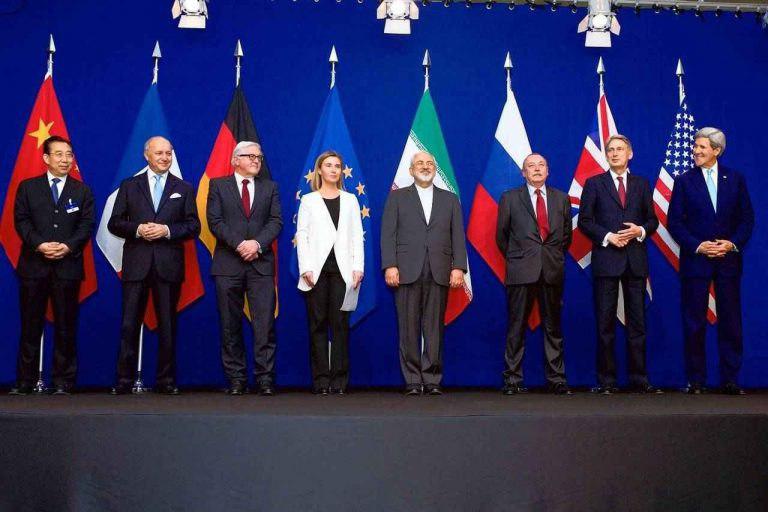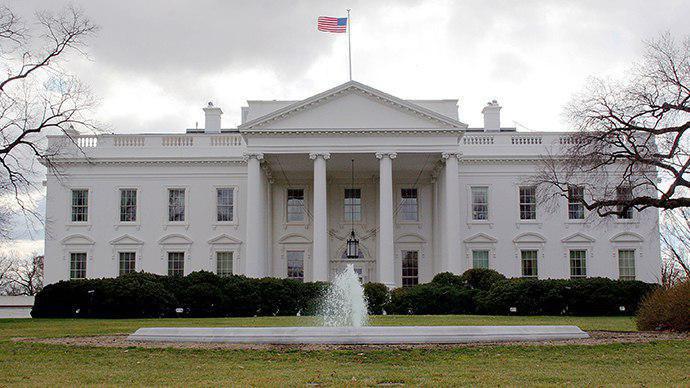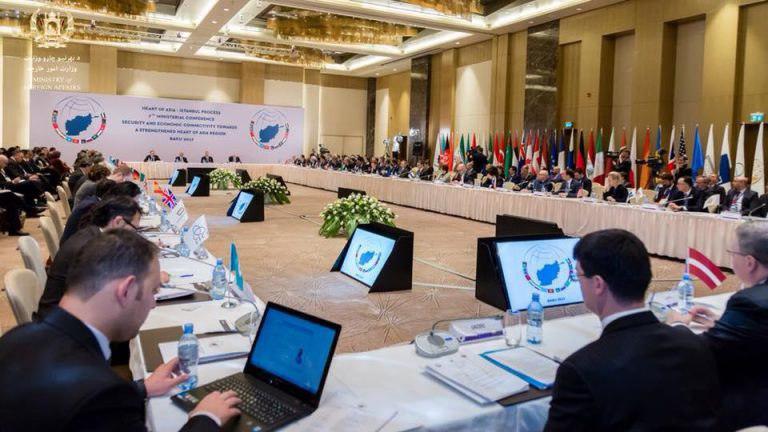Forgotten Responsibility: Afghanistan Today
During 2021, approximately 10,000 cases of violence against women were registered by the Ministry of Women’s Affairs, special tribunals, The Afghanistan Independent Human Rights Commission, women’s organizations, shelters and legal aid providers, but none of these institutions exist anymore. Meanwhile, the levels of violence inside homes and in public have increased two-fold

Gul Afroz was the principal of a girl’s high school in Kunduz province until August 2021, responsible for over 200 female teachers and 800 female students. Now, following the Taliban’s closure of girls’ schools, she raises livestock and makes jam and pickles at home, which her 10-year-old grandson takes to the local market for sale. Some days, he is lucky enough to sell five jars of the pickles and jam and earn 100 Afghanis (less than $2.00 ). A widow who lost her husband during the civil war of the 90s, Gul is the only breadwinner for a family of 11 including her widowed sister-in-law and her kids, whose husband died in the NATO air bombings in Kunduz.
It is two years since the Taliban take-over of Afghanistan on August 15, 2021, an unforgettable Sunday when women held meetings in boardrooms in the morning and vanished inside the four walls of their homes that same afternoon. While it seemed abrupt, this takeover had been in the works for a long time, according to a deal that the Trump Administration originally signed, and the Biden Administration has since continued. Why do we deserve this disgraceful treatment? The people of Afghanistan were allies of the United States and NATO when the 9/11 tragedy occurred, and reports indicate over 70,000 Afghans lost their lives alongside US and NATO forces in the 20 year of War on Terror.
Now, the War on Terror has come for the women of Afghanistan.
Gul is one of the millions of women in Afghanistan who cannot go to work anymore. Girls’ schools above grade six are shut down, and some provinces have already prohibited girls from attending school above grade three, based on orders from their governors. Universities are closed for girls and female teachers are not allowed to teach above sixth grade. Further, both public and private institutions cannot employ any female staff or allow female students over 12 years old. Additionally, no-entry zones for women and girls of Afghanistan include government agencies, non-government organizations, UN agencies and any public or private space including gyms, parks, parlours, sports, arts, libraries and more.
During 2021, approximately 10,000 cases of violence against women were registered by the Ministry of Women’s Affairs, special tribunals, The Afghanistan Independent Human Rights Commission, women’s organizations, shelters and legal aid providers, but none of these institutions exist anymore. Meanwhile, the levels of violence inside homes and in public have increased two-fold. Now, women in communities are finding ways to treat their broken bones and those of other females in need, while also tending to beaten and battered girls’ bodies who are experiencing violence inside homes. The victims can no longer go to clinics and hospitals without a male family member or husband to accompany them, so what happens when the male companion is the perpetrator of violence?
When I participate in international women’s movements meetings globally, I wonder if Afghan women are even part of this world. Afghanistan is the only country on the earth where women are completely outlawed from public life.
Just like Gul, tens of thousands of women are still struggling to earn a living from inside their homes by running home-based classes for young girls, to help feed their children and families and support each other when there is no light at the end of their tunnels. I won’t dare call them ‘resilient’, because it’s an easy excuse for those who watch women struggle with no means or resources to glorify that struggle.
The deep humanitarian crisis has exacerbated the women’s crisis. Women-headed households, widows and millions of families are at risk of chronic food insecurity. Meanwhile, the UN reports that they received only 25% or less of the funding it had requested. Donors may think that by cutting aid to Afghanistan they are weakening the Taliban, but those who are mostly affected are common Afghans, especially women and children.
But leaving Afghanistan on its own has many risks for the US and the Western countries. The UN Security Council has repeatedly cited the presence of transnational terror groups inside Afghanistan, from the Islamic Movement of Uzbekistan to Uyghur’s East Turkistan Islamic Movement, which are benefitting from safe havens in various parts of the country. These groups can attack any country in the region or beyond at any given time if not addressed. Moreover, the humanitarian and economic crisis is driving millions of Afghans to flee these countries and flock towards the US and European destinations, where the refugee influx will become more difficult to manage. The increasing unemployment & economic collapse is pushing thousands of young Afghans into such terrorist activities by the above mentioned groups.
It’s time for the United States to make a firm decision about its relationship with Afghans and its policy on Afghanistan, in the words of a woman, “We want the US administration to engage with the people of Afghanistan”
Clearly, after a 20-year war and an abrupt decision to withdraw its troops in August 2021 , the US is not going to undertake another war to liberate Afghan women as initially the War on Terror sounded like, but there are still other solutions. Direct contact has proven to yield no results in attempts to convince – the Taliban to agree to international norms surrounding human rights and women’s rights.. Yet, by bypassing relations with the Taliban, the US and other Western countries can support the development sector to create jobs and address the economic crisis. The US and European countries can work with Afghanistan’s neighbors to move their relationship beyond security interests to an economic focus. Creating more jobs for Afghans, Afghanistan’s education sector, health sector, livelihood and water system, banking, railways infrastructure, mining sector and more can become a source of employment and income for Afghans, without the Taliban being recognized.
As a result of working for 25 years in Afghanistan, I know that one day Afghans, themselves, will stand up for the basic rights of their daughters and all women; many have already stood up and fought g in many ways. However, basic needs and rampant poverty are currently their primary concerns. If the humanitarian crisis is addressed and the economic perspectives for Afghans improve, there is a greater chance that political mobilization will start building for Afghanistan, and Afghans can then create a political agenda to mobilize around and seek change for themselves and future generations. I believe our change will come from within but with starving children, parents cannot mobilize for that change.


